Electrocution of Sydney pharmacist raises question why so little of Australia’s power is underground
Most streets have them and last weekend we saw how they can be both ugly and deadly. But to make big changes will cost us dearly in the hip pocket.

The death of a Sydney dad on the weekend after a power line fell onto his driveway has highlighted just how little of Australia’s electricity network is delivered through safer underground cables.
Pharmacist Hossam Ibrahim was electrocuted by a live cable, felled in a storm, outside his Punchbowl home in western Sydney.
Neighbour David Andraos told AAP Dr Ibrahim walked into the cable and “dropped face first”.
“His pants, where he was hit with the wire, were in flames,” he told reporters. “I couldn’t do nothing to help him.”
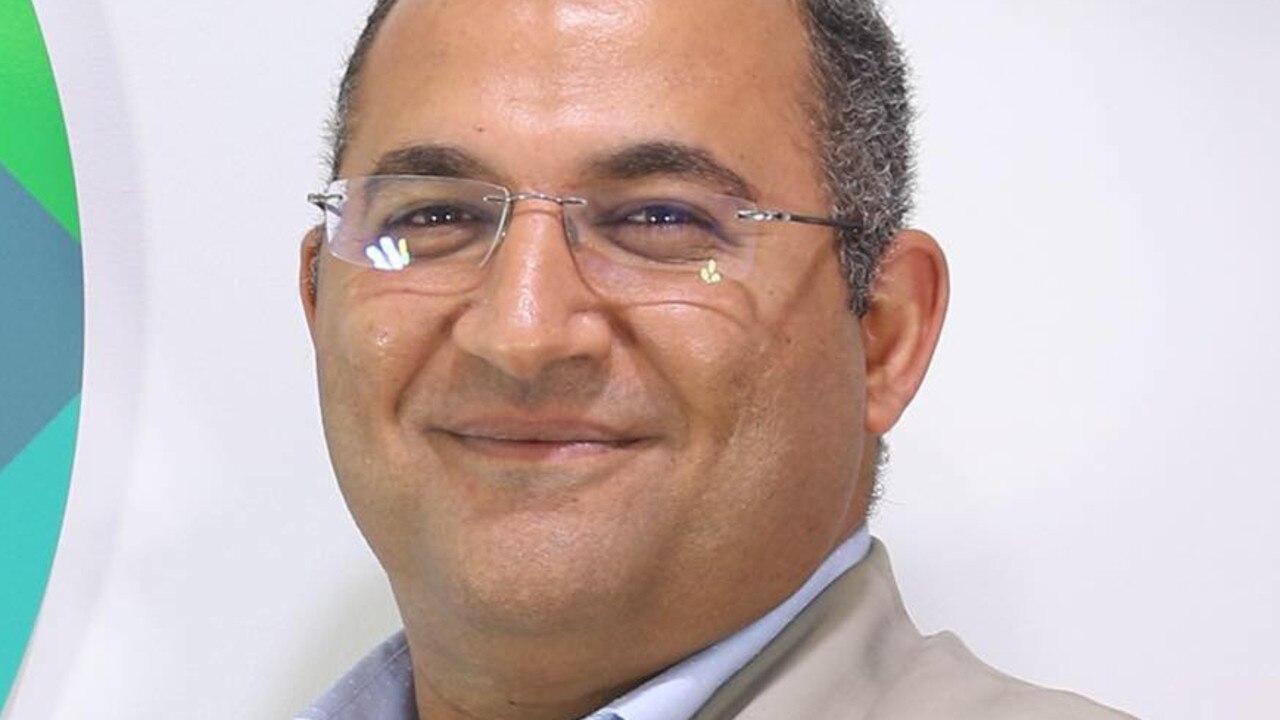
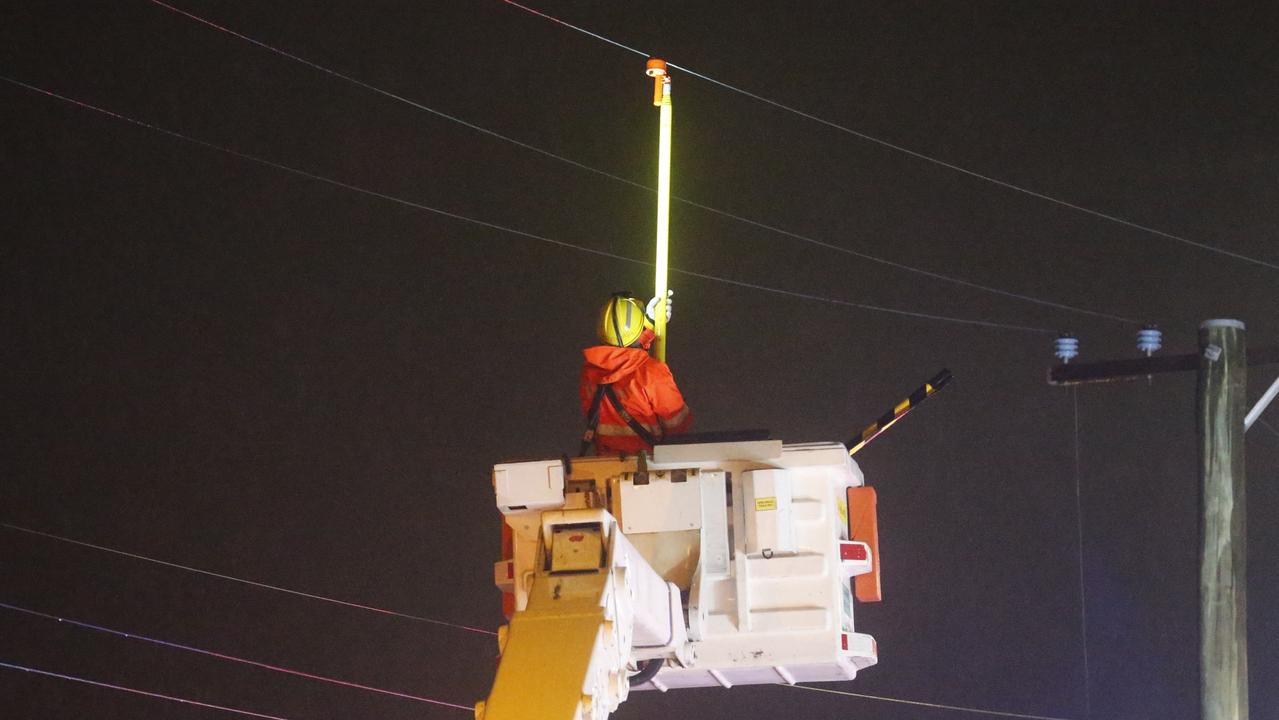
If the power line had been buried underground it’s unlikely the storm would have had any effect. And if Mr Ibrahim had lived not in Punchbowl but Perth, where the majority of homes are supplied by power beneath the streets, the accident may never have occurred.
Often, the lines can seem benign and “silent”, said a power company spokesman, but fallen cables were very much alive.
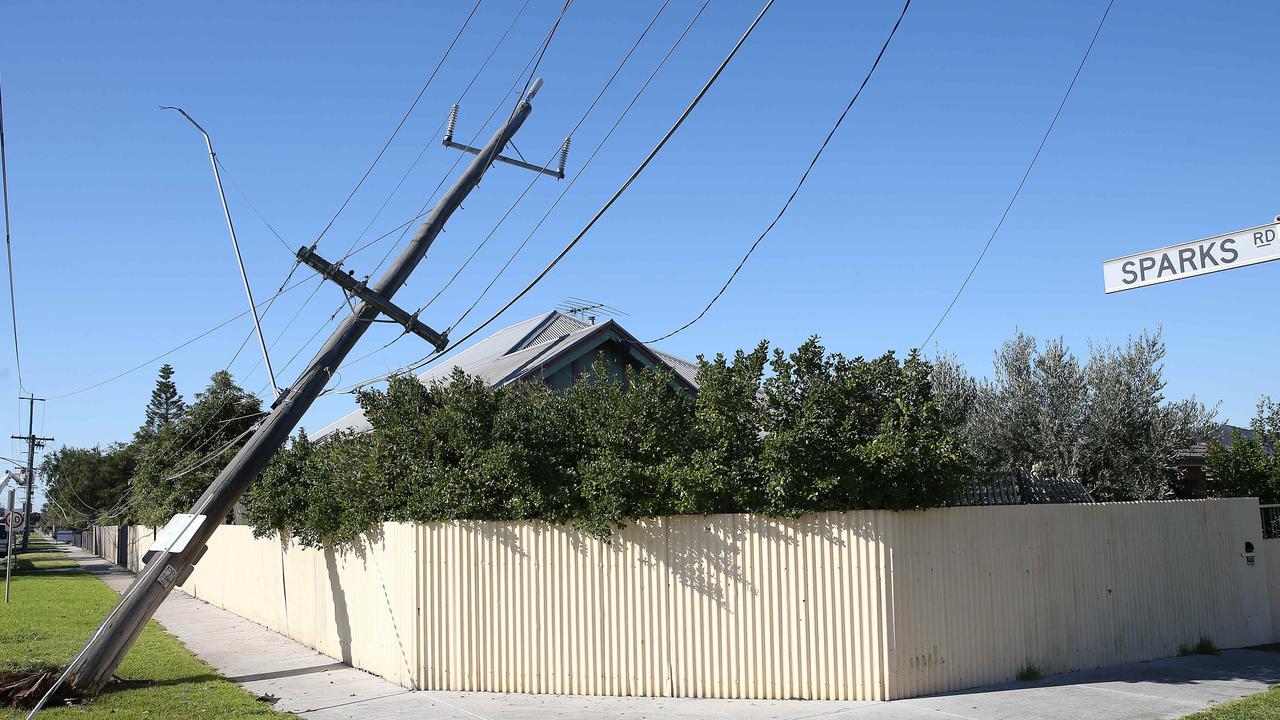
11,000 VOLTS DOWN SUBURBAN STREETS
Mr Ibrahim’s death is by no means the first caused by overhead lines. In 2016, a man using a pruning tool died after he made contact with a powerline, and in 2011 two men died after their tipper trucks struck a wire.
According to the National Coronial Information Service of the 162 electrocution deaths between 2001 and 2008, 44 were caused by overhead power lines.
Underground cables can be more resilient and are certainly less visually intrusive. Street trees also don’t have to endure bizarre haircuts to provide safe passage for the wires.
But the cost of “undergrounding” Australia’s urban grid is enormous, potentially costing tens of billions of dollars. It’s a cost that would at least partially end up being shouldered by customers.
QUT’s Professor Gerard Ledwich, who specialises in power networks, said the lines along suburban streets generally carry 11,000 volts. One of the risks of these cables is the operators may have no idea when they’ve failed.
“If the power line falls on an insulating surface, like a driveway, it’s very difficult for the protection systems to detect that it’s down,” he said.
He added it was reasonable to underground electricity cables up to 100,000 volts.
Overall, Australia has relatively low levels of underground power lines compared to other industrialised nations. For instance, a German tourist visiting Australia might be surprised at the swags of thick cables that are strung up and down suburban streets given 90 per cent of their country’s 11,000-volt electricity is delivered underground.
In northern Europe, underground is the norm rather than the exception. Yet in the US and Japan, the opposite can be the case. Visit Japan and the streets are a spider’s web of cables.

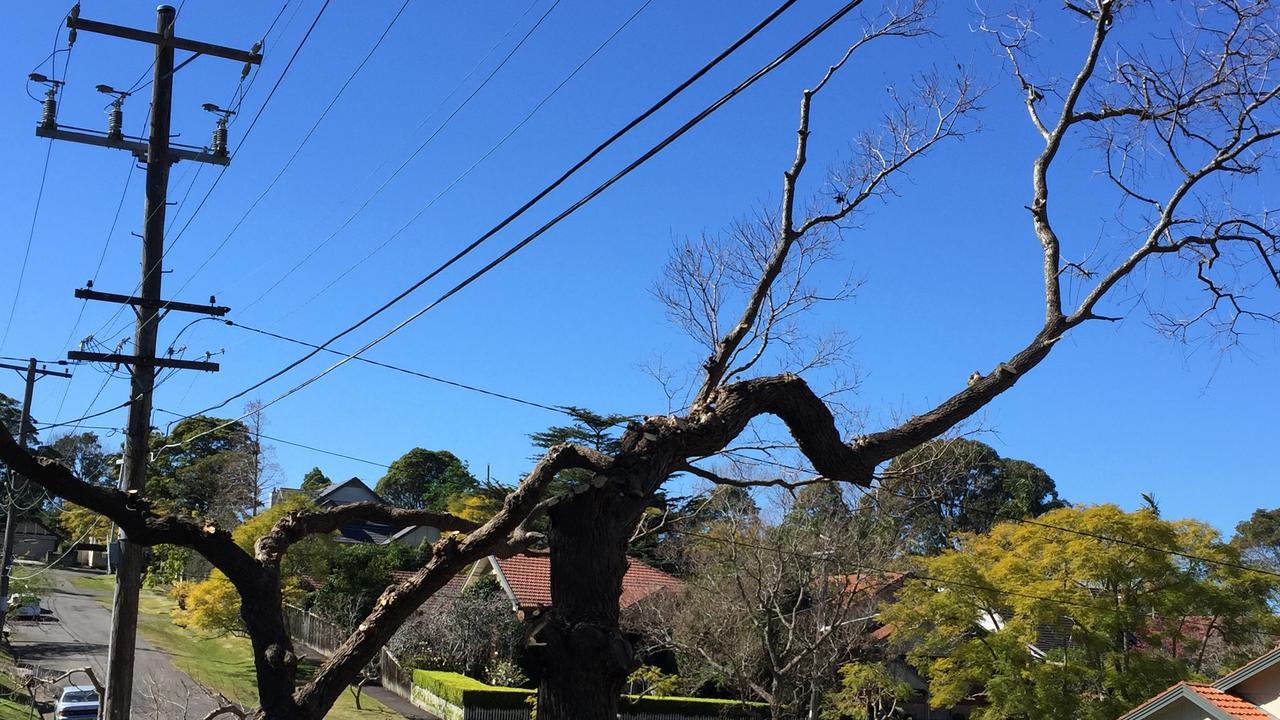
WHICH CITIES ARE UNDERGROUND?
Figures on how much of Australia’s power is delivered underground are hard to come by with each state sporting at least one, sometimes many, electricity distribution companies.
A 1997 issue brief provided to parliament found only 7 per cent of power to Australian homes was underground although that number has risen since then.
At the time, the paper estimated converting urban areas to underground power would cost at least $50 billion — around $83 billion in today’s money.
News.com.au contacted major energy distributors across the country to find out the proportion or urban power lines that were buried.
Western Australia is a trailblazer. Following a storm in 1994 that saw 80 per cent of power outages caused by failures with above-ground infrastructure, the State Government made a concerted effort to send the wires under asphalt.
More than 55 per cent of Perth homes now have power delivered this way.
The Northern Territory’s operator states 18 per cent of its power is underground, chiefly in Darwin and Katherine.
Energex, which delivers power to southeast Queensland, said a third of its wires were buried.
Energex spokesman Danny Donald told news.com.au “comprehensive maintenance” was done to overhead cables to make them as safe as possible — but a bad storm could cause damage to any infrastructure.
News.com.au received no information from Ausgrid in NSW, which supplied Punchbowl. Victoria’s Powercor, which supplies much of Melbourne, refused to make any comment on the extent of underground power or what it does to safeguard residents from overhead lines.
James Tydd, the community relations manager for Endeavour Energy, which supplies western and southern Sydney, said around 40 per cent of its network was underground — mainly in newer suburbs.
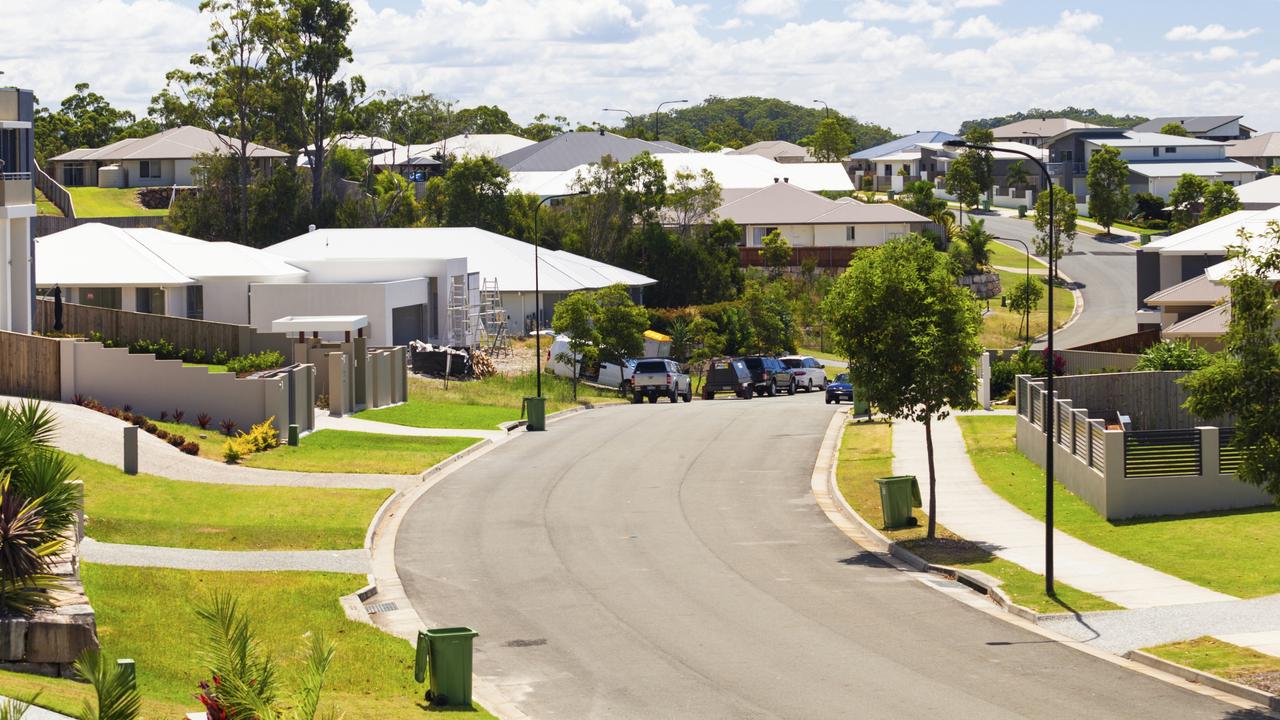
MIDDLE RING SUBURBS MORE LIKELY TO HAVE POLES
That fits a pattern in most states where CBDs and new suburbs are pole-free. But that leaves vast areas in the middle that rely on poles and wires. Many of these are historic suburbs where narrow roads, old buildings and a multitude of trees makes digging a drama.
The cost of burying cables in established areas was expensive at around $1-$2 million per kilometre. Mr Tydd said it was generally only considered when the existing infrastructure posed a distinct risk to people.
“Undergrounding of the existing overhead network assets is very expensive and this cost would be passed onto our customers in the form of increased network charges,” Mr Tydd said.
He pointed to a 2002 NSW independent Pricing and Regulatory Tribunal report that said undergrounding would cost each customer up to $5400 in today’s money but lead to only $580 in savings.

HUGE COST
Prof Ledwich said Germany’s reliance on underground power was down to its higher population and smaller size.
“In Australia almost 50 per cent of an electricity bill is associated with network (distribution) costs compared with Germany where it might be 20 to 30 per cent.
“At the moment people are very sensitive to electricity prices so I don’t think it would go down well if it cost $5000 to upgrade your home.”
An alternative was to underground the more key electricity lines but leave the street power on poles.
“If a cyclone goes through, rather than all the wires going down, there would be some strong points to reconnect to,” he said.
Energex’s Mr Donald said underground cables were not a silver bullet. As well as being more expensive, they were also vulnerable to being accidentally dug up and more susceptible to flooding.
“Underground power is very reliable and less prone to the elements but when there is a fault it also take longer to repair,” he said.
If a cable did fall, it was imperative people stood well clear, he said.
“I saw one guy flip a power line with his thong once. Power lines don’t zap, they are silent even with high voltage power is pumping through them.”
The debate is too late for Mr Ibrahim who was yesterday being praised for his charitable work in his local community.
The father had just celebrated a year where he had attained a master’s degree and coached his son’s under-9s soccer team.
“One of the politest people I’ve ever met in my life,” Eahab Arja posted online. “A quiet, humble man always with a smile on his face.”




